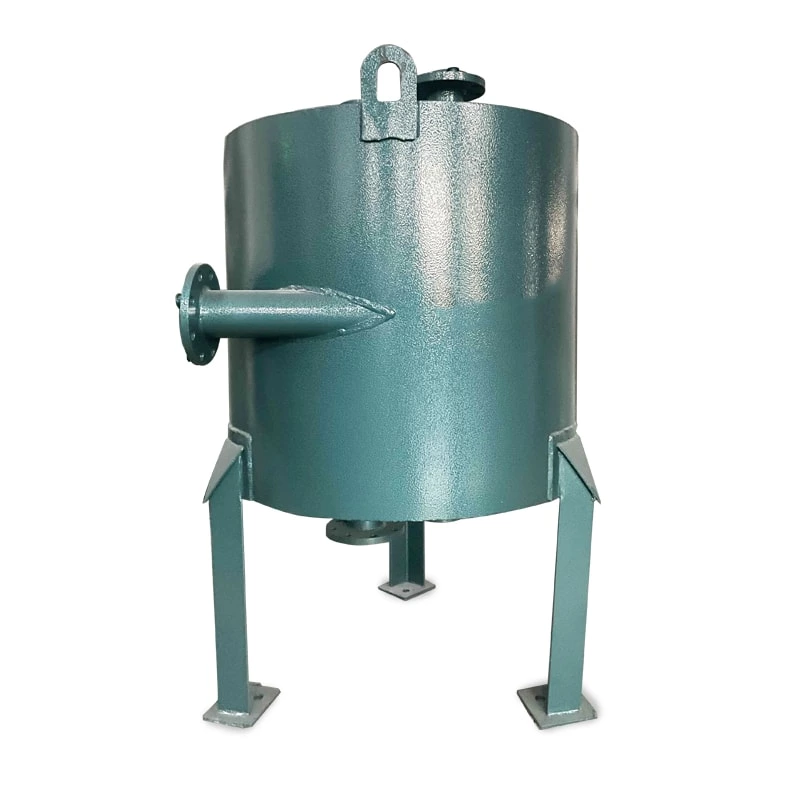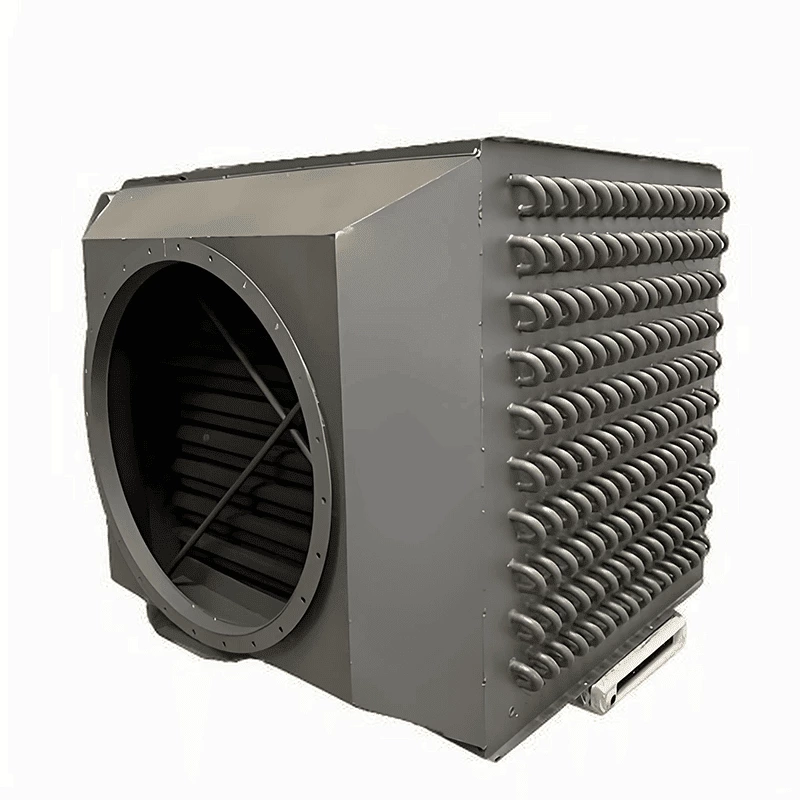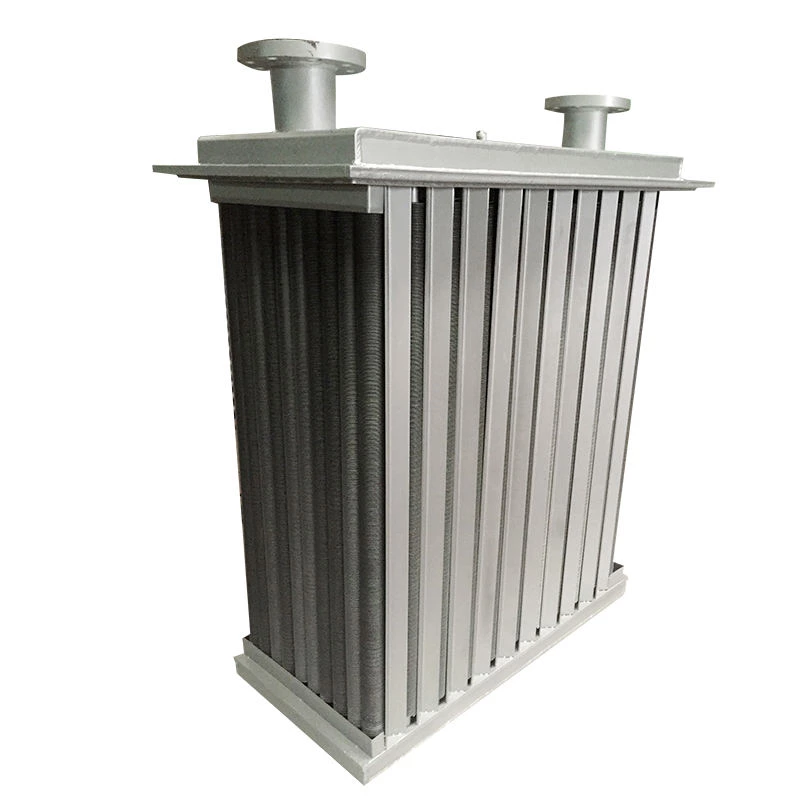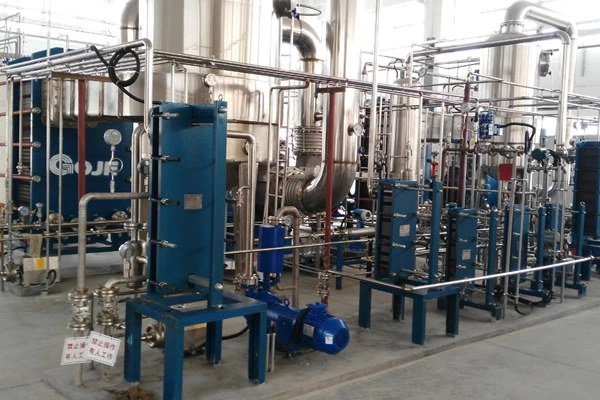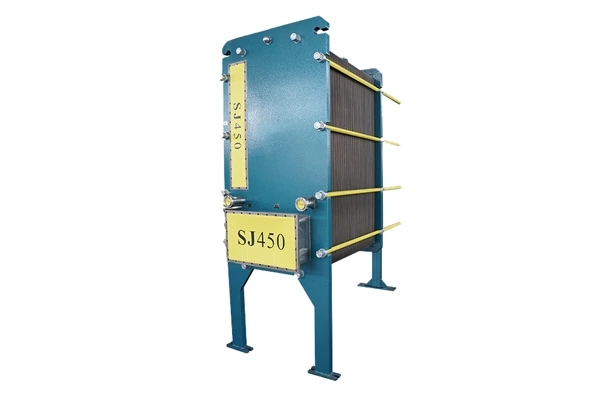What Is The Method Of Reducing Resistance Of Plate Heat Exchanger?
Adopt multi-process combination
When the flow rate of cold and hot medium is large, multi-process combination arrangement can be adopted, and more processes can be used on the side with small flow rate to improve the flow rate and obtain higher heat transfer coefficient. The large flow side adopts a smaller process to reduce the resistance of the heat exchanger. Mixed flow pattern appears in multi-process combination, and the average heat transfer temperature difference is slightly lower. Both the fixed end plate and the movable end plate of the plate heat exchanger with multi-process combination have nozzles, which is a heavy workload during maintenance.
Adopt asymmetric plate heat exchanger.
Symmetrical plate heat exchanger is composed of plates with the same corrugated geometric structure on both sides of the plates, forming a plate heat exchanger with the same cross-sectional area of cold and hot runner. According to the heat transfer characteristics and pressure drop requirements of hot and cold fluids, the asymmetric plate heat exchanger changes several structures of wave shapes on both sides of the plate to form a plate heat exchanger with different cross-sectional areas of cold and hot runners, and the angular diameter of one side of the wide runner is larger. The heat transfer coefficient of asymmetric plate heat exchanger decreases slightly and the pressure drop decreases greatly. When the flow rate of cold and hot medium is relatively large, the plate area can be reduced by 15%-30% by using asymmetric single-pass heat exchanger compared with symmetric single-pass heat exchanger.
Set heat exchanger bypass pipe.
When the flow rate of cold and hot medium is relatively large, a bypass pipe can be set between the outlets of the heat exchanger at the side with large flow rate, so as to reduce the process of entering the heat exchanger and reduce the resistance. In order to facilitate adjustment, a regulating valve should be installed on the bypass pipe. In this way, countercurrent arrangement should be adopted, so that the temperature of the cold medium leaving the heat exchanger is higher and the temperature of the cold medium after confluence at the outlet of the heat exchanger can meet the design requirements. Setting the bypass pipe of heat exchanger can ensure high heat transfer coefficient of heat exchanger and reduce the resistance of heat exchanger, but the adjustment is a little complicated.
